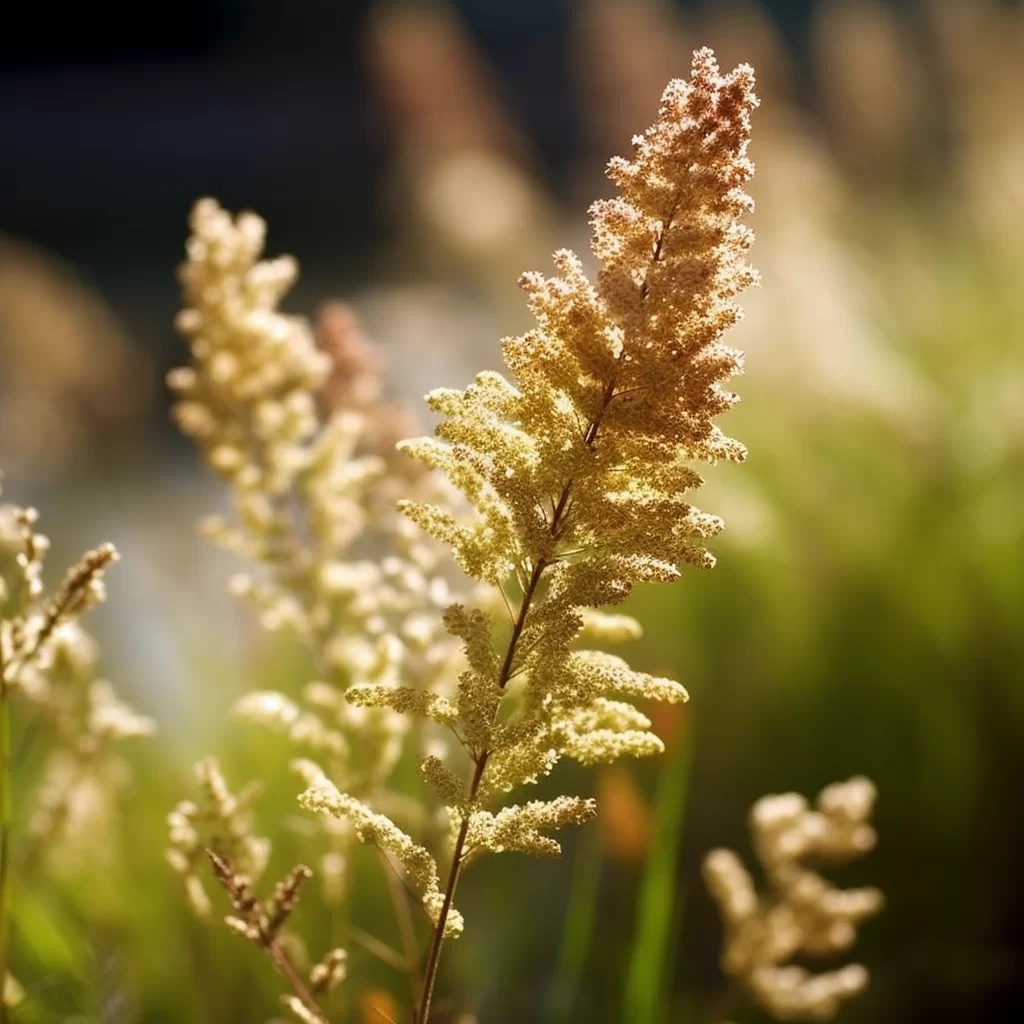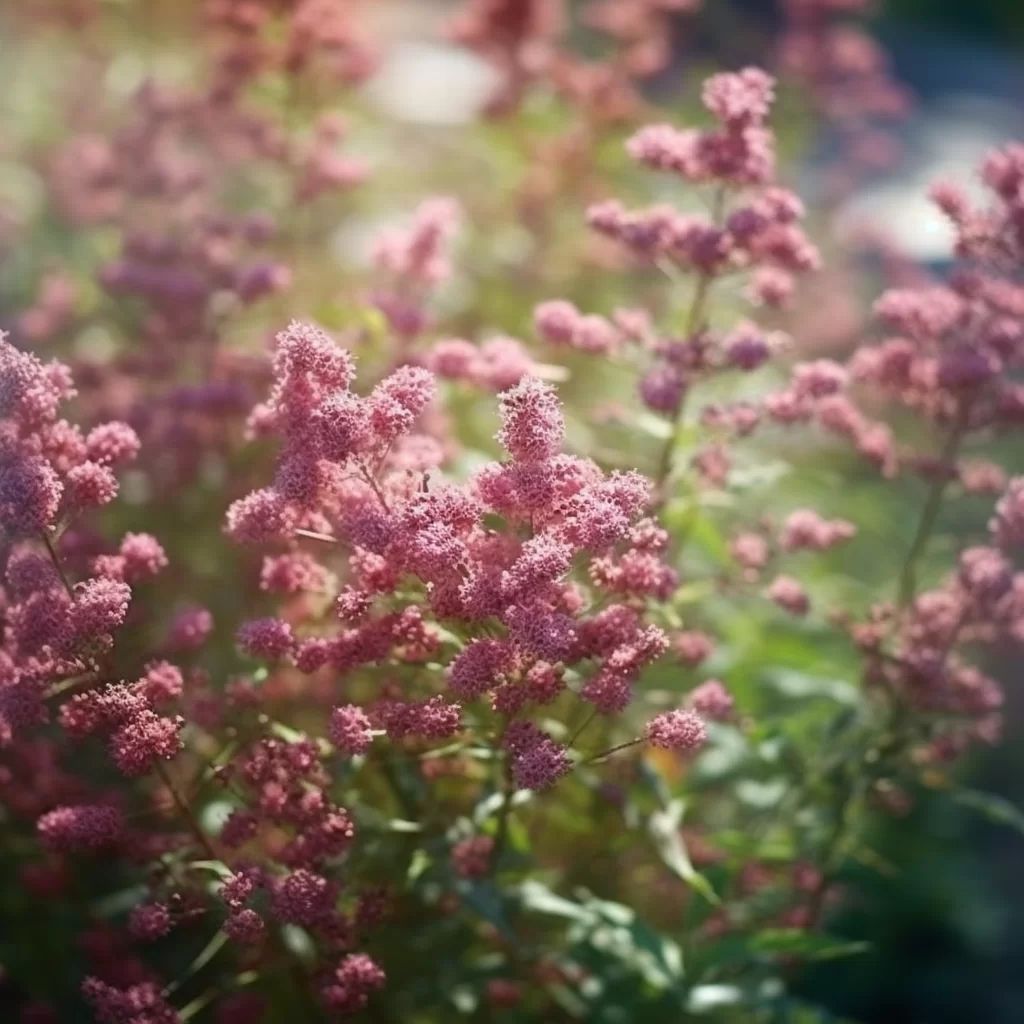Story of Day :
Contents
Spirea Plant: Complete Guide and Care Tips
Are you searching for a stunning plant that can add some vibrancy and texture to your garden? Look no further than spirea – the perfect choice for any green thumb! This deciduous shrub produces an array of blossoms in different shades of pink, white, and red.
The best part? It’s an easy-to-care-for plant! You won’t have to worry about spending countless hours tending to it.
Plus, it’s adaptable to different soil types.
In this article, we’ll provide a comprehensive guide on how to keep your spirea thriving throughout the year.Spirea is a fantastic option for those looking to add some color and life into their gardens without sacrificing too much time or energy.
You’ll be able to enjoy its beautiful blooms in various colors all season long without worrying about extensive maintenance requirements.
With its adaptability, this low-maintenance plant can thrive in different soil conditions with ease! So whether you’re new to gardening or just looking for something simple yet visually appealing, adding spirea is an excellent choice that will undoubtedly enhance your outdoor space’s overall aesthetic appeal!
What is Spirea?
Spireas are a type of shrub that shed their leaves annually and belong to the rose family.
These plants come in an array of shapes, sizes, and colors, making them versatile in any garden.
The spiky foliage is positioned along thin branches with clusters of small flowers that bloom during spring or summer.
They are very resilient plants capable of surviving in many harsh environments. In addition to their versatility, these hardy shrubs provide a beautiful backdrop to any outdoor space.
In addition to their versatility, these hardy shrubs provide a beautiful backdrop to any outdoor space.
With such an array of colors and forms available, it’s possible to find the perfect spirea for your garden design needs.
Their needle-like leaves create an interesting texture while the small flowers add pops of color throughout the growing season.
Overall, spireas are a lovely addition to any landscape due to their hardiness and beauty throughout the year.
- The most common types of spireas are:
- Bridal Wreath
- Snowmound
- Lanceleaf
- Magic Carpet
If you’re looking for an easy-to-grow shrub that can add some color and texture to your garden, spireas might be just what you need.
These hardy plants can thrive in a wide range of conditions, from full sun to partial shade, and they come in a variety of sizes and colors.
To start growing spireas, choose a spot with well-draining soil and good air circulation.
Plant them in the spring or fall, making sure to water regularly until they establish themselves.Once your spireas are established, they require very little maintenance beyond occasional pruning to keep them looking tidy.
Deadheading spent blooms throughout the growing season will help encourage more flowers to bloom later on.
Some species also benefit from an annual pruning in late winter or early spring to keep their shape under control.
With their beautiful blooms and minimal upkeep needs, spireas are a great choice for gardeners of all skill levels who want something pretty without too much fuss!
Growing spireas is a simple and easy process.
These plants can be grown under full sun or partial shade and they usually thrive well in both conditions.
Nevertheless, it’s important to note that spireas prefer moist soil with good drainage to ensure healthy growth.
This means that you need to provide adequate water but also avoid over-watering as this can lead to root rot.In summary, whether you’re a seasoned gardener or just starting out, growing spireas is an excellent option for adding some color and texture to your garden.
With the right amount of sunlight and moisture, these plants are sure to prosper without much effort from your side!
If you’re looking to add some greenery and texture to your garden, growing spires might just be the way to go.
Fortunately, it’s fairly easy to do so with a few simple steps.
Firstly, ensure that you plant your spires in an area that receives plenty of sunlight and has well-draining soil.
Consider adding compost or fertilizer before planting as this will provide the necessary nutrients for healthy growth.
Secondly, water your spires regularly but avoid overwatering as this can lead to root rot and other issues.
Lastly, prune your spires periodically – this helps promote new growth and keeps them looking neat.With these steps in mind, you’ll be able to grow lush healthy spires in no time! Not only are they visually pleasing but they also provide various benefits such as attracting pollinators like bees and butterflies which aid in fertilization of nearby plants.
Spires also tend to be relatively low-maintenance plants which makes them ideal for novice gardeners or anyone looking for a fuss-free addition to their outdoor space.
So why not give it a try? Who knows – you might just discover a newfound love for gardening! If you’re looking to plant spirea in your garden, there are a few things you should consider.
If you’re looking to plant spirea in your garden, there are a few things you should consider.
First and foremost, make sure to select an area with plenty of sunlight.
Spirea thrives in full sun, so choosing the right spot is crucial for its growth.
Once you’ve found the perfect location, it’s time to prepare the soil.
Adding compost or aged manure will provide your plants with much-needed nutrients that will help them flourish.
When planting spirea, dig a hole that’s twice as wide and deep as its root ball and make sure to use well-drained soil for best results.After planting your spirea, watering is essential for its survival and growth.
Water it well after planting and then give it a good soak once a week thereafter – keeping the soil moist but not waterlogged is key! With proper care, your spirea can become a beautiful addition to any garden space.
If you’re looking for a low-maintenance and beautiful shrub to add to your garden, spirea is a great option.
Spirea comes in various colors and sizes with white or pink blooms that are sure to catch anyone’s eye.
These shrubs are easy to care for, but there are a few things you should keep in mind.
A key thing for spirea care is pruning them at the right time of year – early spring or late winter – as this will encourage new growth and help maintain their shape.
Additionally, it’s essential to ensure that they receive adequate sunlight and water regularly.
Fertilizing once every spring can also help keep your spireas healthy and promote more blooms throughout the growing season. Spireas can be incorporated into any landscape design as they come in different sizes ranging from compact varieties suitable for small spaces such as container gardens or rockeries up to larger cultivars perfect for hedges or foundation plantings along buildings or fences.
Spireas can be incorporated into any landscape design as they come in different sizes ranging from compact varieties suitable for small spaces such as container gardens or rockeries up to larger cultivars perfect for hedges or foundation plantings along buildings or fences.
They require little attention once established but do not tolerate heavy shade well; therefore, it’s best if planted around full sun areas where soil is moist yet well-drained avoiding standing water which can lead root rot disease issues if excessive watering occurs so be mindful of this while watering them especially during prolonged rainy periods when natural rainfall may suffice their needs instead of adding additional waterings on top of already saturated soils risking drowning roots out quickly!
If you’re a fan of spireas and want to ensure they flourish throughout the year, there are some handy tips to keep in mind.
Firstly, it’s important to give them plenty of sunlight – at least six hours per day is ideal.
Spireas also require well-draining soil that’s moist but not waterlogged, so make sure they’re planted in an area with good drainage.
In terms of pruning, you should cut back about a third of the plant each year after flowering has finished.
This will encourage new growth and help maintain its shape.Another tip for keeping your spireas healthy is to fertilize them once or twice per year with a slow-release fertilizer formulated specifically for shrubs and trees.
This will provide essential nutrients that can help promote healthy growth and beautiful blooms.
Additionally, if you live in an area with harsh winters, it may be necessary to protect your spireas by mulching around their base or covering them with burlap during periods of extreme cold weather.
With these tips in mind, you can enjoy gorgeous spirea bushes throughout the year!
- Pruning: Prune your spireas in late winter or early spring before new growth appears.
This will help promote healthy growth and prevent overgrowth.</lil
- Fertilizer: Fertilize your spirea once per year in early spring with a balanced fertilizer or slow-release granules.</lil
In order to keep your garden healthy and thriving, it’s important to keep an eye out for pests that can cause damage.Some of the most common culprits are aphids and spider mites, which can feed on foliage and weaken the plants over time.
To prevent this from happening, it’s a good idea to monitor your garden regularly and look out for any signs of infestation.
If you do spot pests, don’t panic – there are plenty of ways to deal with them.
One effective method is using insecticidal soap, which can kill off unwanted bugs without harming the plants themselves.Overall, pest control is an essential part of maintaining a successful garden.
By staying vigilant and taking action when necessary, you can ensure that your plants stay healthy and happy all year round! So if you’re looking for ways to improve your gardening skills, make sure pest control is at the top of your list.
Spirits Benefits:
Spires are a type of plant that offer numerous advantages, making them a popular choice for gardeners of all levels.
These plants are incredibly easy to care for, requiring very little maintenance and attention.
They are also drought-tolerant, meaning they can survive in dry conditions without constant watering.
Spires come in a variety of colors and textures, making them a versatile addition to any garden setting.
Another benefit is their ability to attract pollinators such as bees and butterflies, which aids in the pollination process and contributes to overall ecosystem health.In summary, spires are an excellent option for those looking to add some life and color to their gardens without the need for constant upkeep.
Their low-maintenance nature makes them ideal for busy individuals who don’t have much time or energy to dedicate towards plant care.
Furthermore, the attraction of pollinators like bees and butterflies provides an added environmental benefit that helps support local ecosystems while adding aesthetic appeal at the same time!
The Final Verdict
To sum up, if you are looking to add some vibrancy and variety to your garden, spireas are definitely worth considering.
Not only are they low-maintenance and easy to cultivate, but they also bring with them a host of advantages.
Their colorful blooms and foliage can brighten up any outdoor space, while their hardy nature means that they can withstand a range of weather conditions.For optimal results with your spireas, remember to keep them well-watered and fertilized throughout the year.
Pruning can also help keep them in good shape and promote healthy growth.
Whether you’re a seasoned gardener or just starting out, these versatile plants offer something for everyone – so why not give them a try?